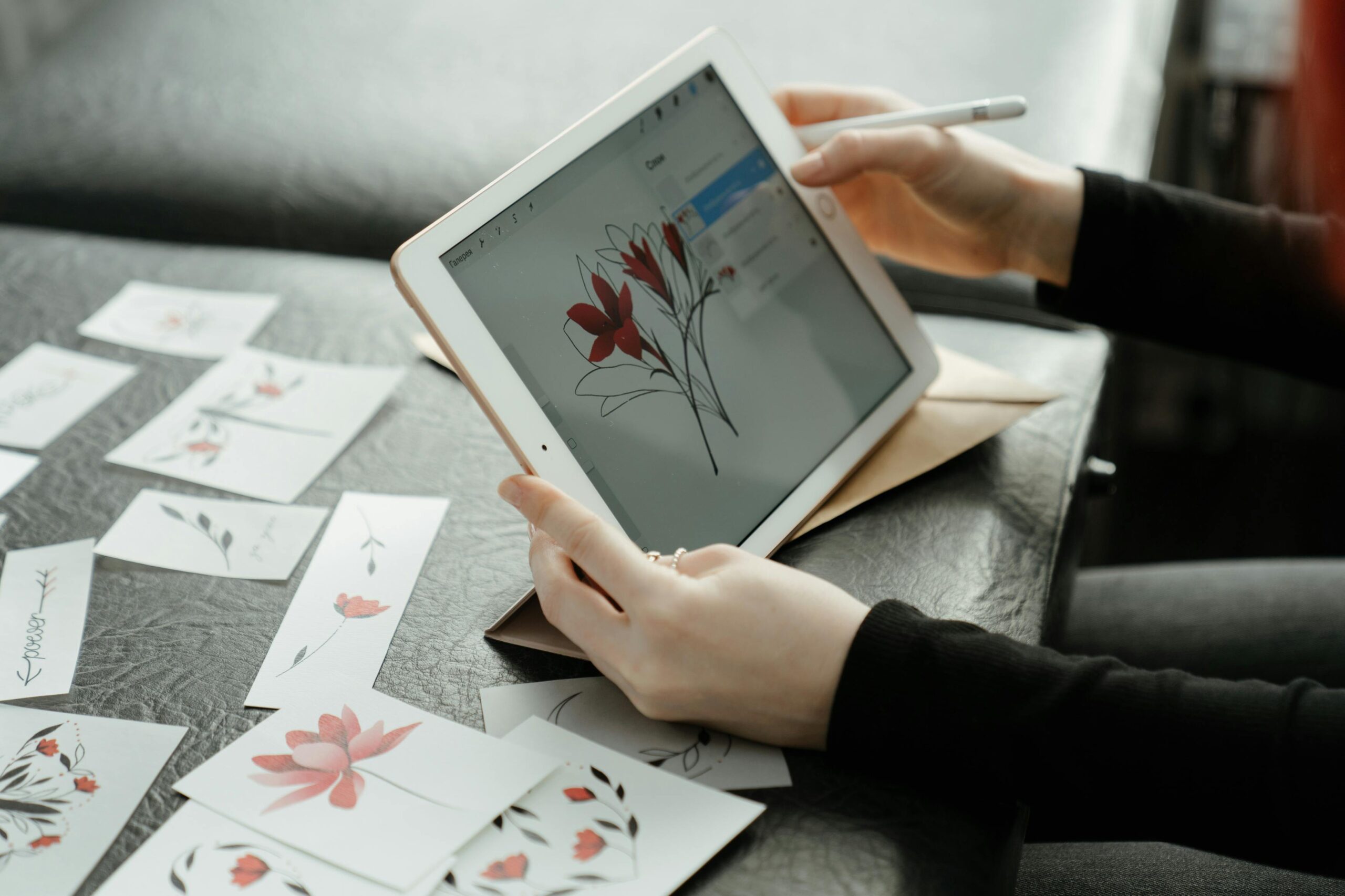
Securing the Internet of Things (IoT) has become a critical priority as the proliferation of connected devices exposes new vulnerabilities in the era of cyber threats.
According to a recent study, the number of IoT devices is projected to reach 25.4 billion by 2030, and with this rapid growth, the potential for cyber-attacks has also increased exponentially.
Ensuring the security of these devices is essential to protect sensitive data and maintain the integrity of interconnected systems.
Understanding the IoT Landscape
The Internet of Things encompasses a vast network of devices, from smart home appliances and wearable technology to industrial sensors and medical devices. These connected devices communicate with each other and exchange data, enabling smarter and more efficient operations. However, each connected device represents a potential entry point for cyber threats, making IoT security a complex and multifaceted challenge.
The diversity of IoT devices and their varying levels of sophistication further complicate security efforts. Unlike traditional computers and smartphones, many IoT devices have limited processing power and memory, which restricts their ability to implement advanced security measures. Additionally, the lifecycle of IoT devices is often longer, meaning they may remain in use without regular updates and patches, increasing their vulnerability to cyber threats.
Common IoT Security Threats
Securing the Internet of Things involves addressing a wide range of cyber threats. Some of the most common threats include:
- Botnets: Cybercriminals often target IoT devices to create botnets, which are networks of compromised devices used to launch distributed denial-of-service (DDoS) attacks. These attacks can disrupt services and cause significant financial and reputational damage.
- Data Breaches: IoT devices collect and transmit vast amounts of data, including personal and sensitive information. Unauthorized access to this data can lead to privacy violations and financial loss.
- Firmware Attacks: Firmware, the software that runs on IoT devices, can be a target for cyber-attacks. Malicious actors may exploit vulnerabilities in firmware to gain control over devices and manipulate their functions.
- Man-in-the-Middle (MitM) Attacks: In MitM attacks, cybercriminals intercept and alter communications between IoT devices. This can result in data theft, unauthorized control of devices, and compromised integrity of transmitted information.
Strategies for Securing IoT Devices
To safeguard connected devices in the era of cyber threats, a comprehensive approach to IoT security is essential. Key strategies include:
- Strong Authentication and Access Control: Implementing robust authentication mechanisms, such as multi-factor authentication (MFA), can prevent unauthorized access to IoT devices. Additionally, access controls should be enforced to ensure that only authorized users and applications can interact with the devices.
- Encryption: Encrypting data transmitted between IoT devices and their associated networks protects it from interception and tampering. End-to-end encryption should be applied to ensure data integrity and confidentiality.
- Regular Updates and Patches: Keeping IoT devices up to date with the latest firmware and security patches is critical to addressing known vulnerabilities. Manufacturers should provide timely updates, and users should be proactive in applying them.
- Network Segmentation: Segmenting IoT devices into separate network zones can limit the impact of a security breach. For instance, isolating critical devices from less secure ones reduces the risk of lateral movement by cyber attackers.
- Security by Design: Manufacturers should prioritize security during the design and development of IoT devices. This includes incorporating secure coding practices, conducting thorough security testing, and designing devices with the capability for future updates.
- Monitoring and Incident Response: Continuous monitoring of IoT devices and networks can help detect suspicious activities and potential security breaches. Implementing a robust incident response plan ensures that any security incidents are promptly addressed and mitigated.
The Role of AI and Machine Learning
Artificial intelligence (AI) and machine learning (ML) are playing an increasingly important role in securing the Internet of Things. These technologies can enhance threat detection and response by analyzing vast amounts of data and identifying patterns indicative of cyber threats. AI-driven security solutions can automatically detect anomalies, predict potential attacks, and take proactive measures to safeguard IoT devices.
For example, machine learning algorithms can analyze network traffic patterns to identify unusual behaviour that may signal a botnet attack. AI can also help in automating the process of patch management, ensuring that IoT devices receive timely updates without human intervention.
Conclusion
Securing the Internet of Things is essential in the face of growing cyber threats. A comprehensive approach that includes strong authentication, encryption, regular updates, and AI-driven solutions can significantly enhance the security of connected devices. At Coding Brains, we specialize in developing cutting-edge software solutions that address the unique security challenges of the IoT landscape. Our expertise in AI and machine learning enables us to create robust security frameworks that protect IoT ecosystems and ensure the integrity of interconnected systems.





